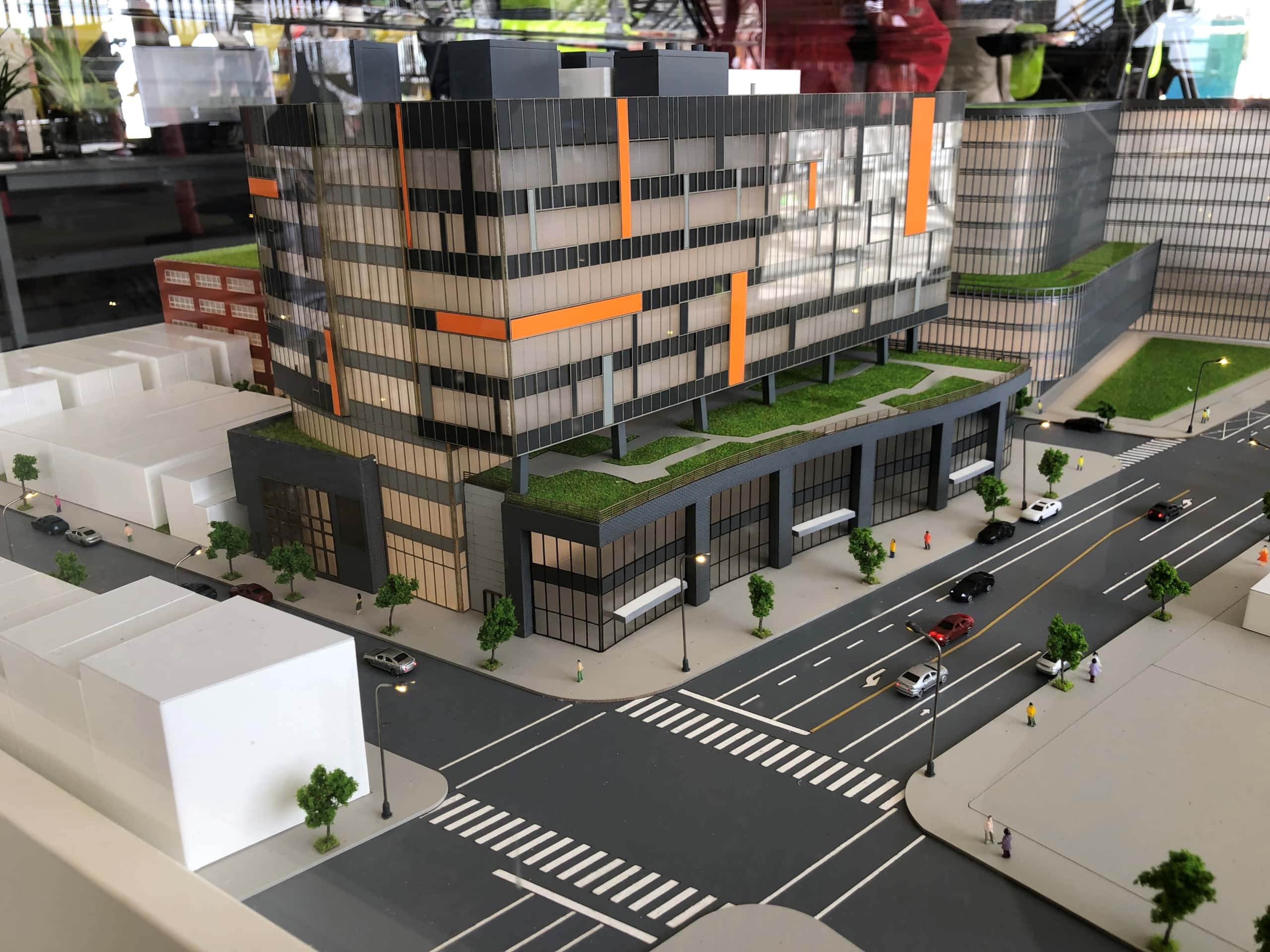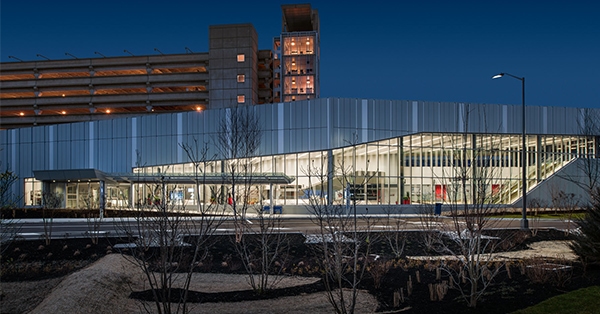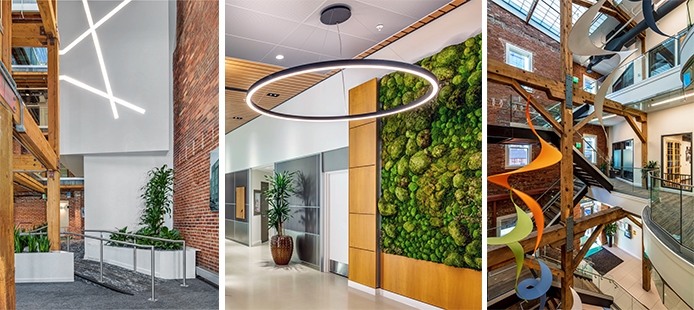
This is part 1 of a 3-part blog post series on biophilic design and associated resources. These blog posts complement our upcoming, free educational webinar on biophilic design. You can register here. All backgrounds and levels of experience are welcome and invited!
History of Biophilic Design
In the face of the current climate crisis, architects and designers are uniquely positioned to lead the transformation of the built environment and drastically reduce greenhouse gas emissions. Beyond aesthetic and stylistic choices, a regenerative design approach requires that buildings give back more than they consume, creating a circular interaction that mimics natural systems. One of the ways in which architects and designers can tackle climate challenges is to integrate biophilic design in our daily practice.
The term “biophilia” was coined by biologist Edward O. Wilson in 1984 to describe human’s innate connection and affinity for nature. This response does not describe aesthetics or style but rather defines an evolutionary history of humans living in, interacting with, and responding to nature. Air-conditioned buildings without operable windows is a new development in human’s evolutionary timeline. Enhancing human’s connection with nature supports our mental health and overall survival. Scientific research supports the theory of biophilia.
Scientific Support
Students with access to improved daylighting and views achieve higher standardized test scores and report overall improvement in learning outcomes. A study commissioned by California managed by New Buildings Institute in 2003 found elementary school students in classrooms with most daylight showed 21% improvement in learning rates to compared to students with least daylight.

Photo Credit: The School District of Philadelphia
Multiple studies dating back to the 1980s found hospital patients in rooms with a window and natural views recover faster, use less pain medication, and nurses report fewer complaints. A recent study from Clemson University found patients in rooms with windows and natural views gave higher ratings of overall hospital quality of care. These ratings are integral to hospital performance, training, and investment.
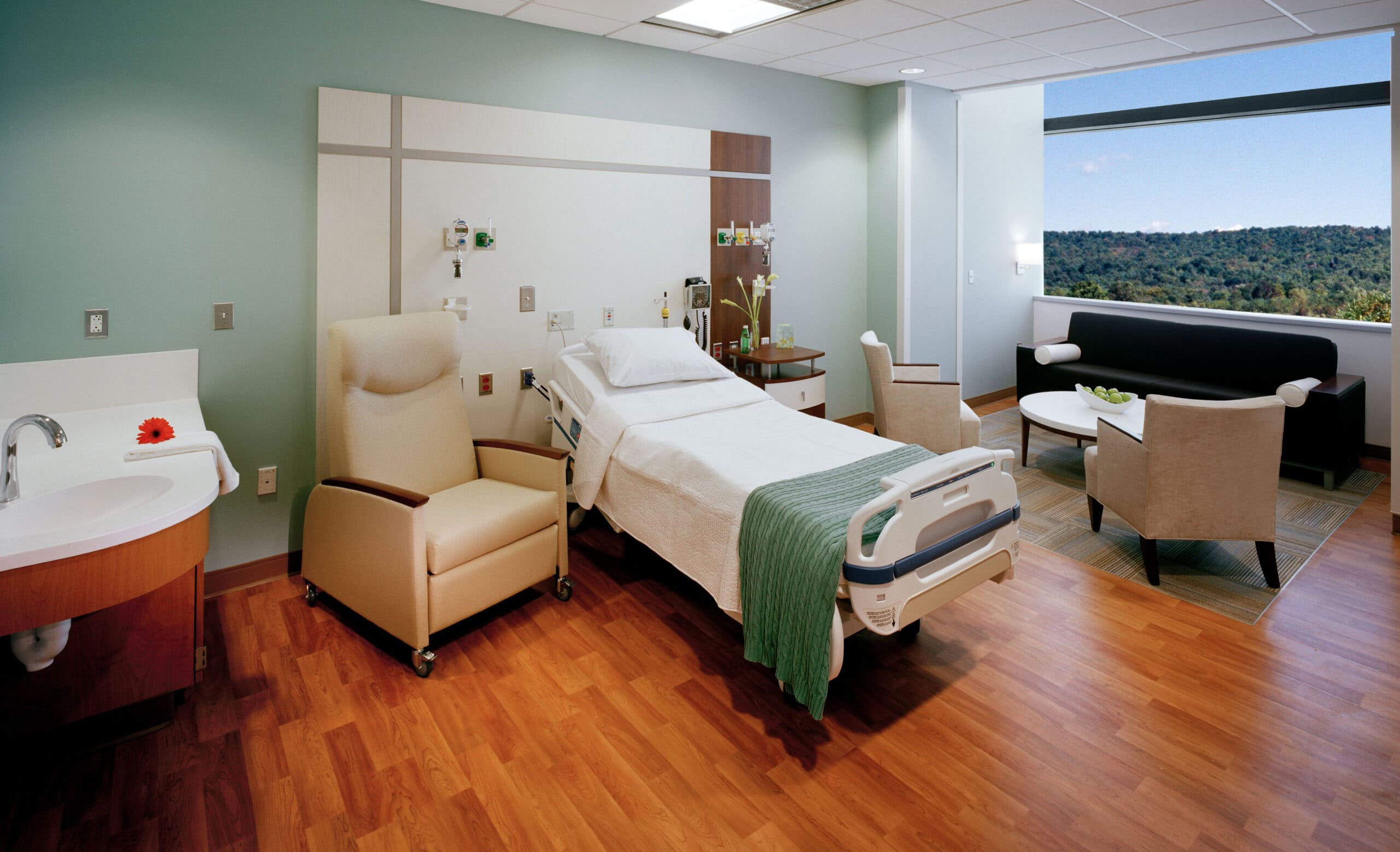
Photo Credit: EYP Health (formerly WHR Architects)
You may experience biophilia when you take a break for a brief walk to “get fresh some air” or “clear your head.” We can find similar examples of biophilia and scientific research across the globe. In Japan, the term “Shinrin-yoku”, “forest bathing” or “taking in the forest” refers to the positive health benefits of experiencing nature. A scientific study compared impact from participants walking in urban area versus a forest. Researchers found the forest walk had multiple positive physiological impacts, including: decreased levels of salivary cortisol, a typical stress hormone; decreased pulse rate; and decreased blood pressure. If you imagine walking through a forest, there is a multi-faceted experience of smells, sights, sounds, and feeling the breeze on your skin.
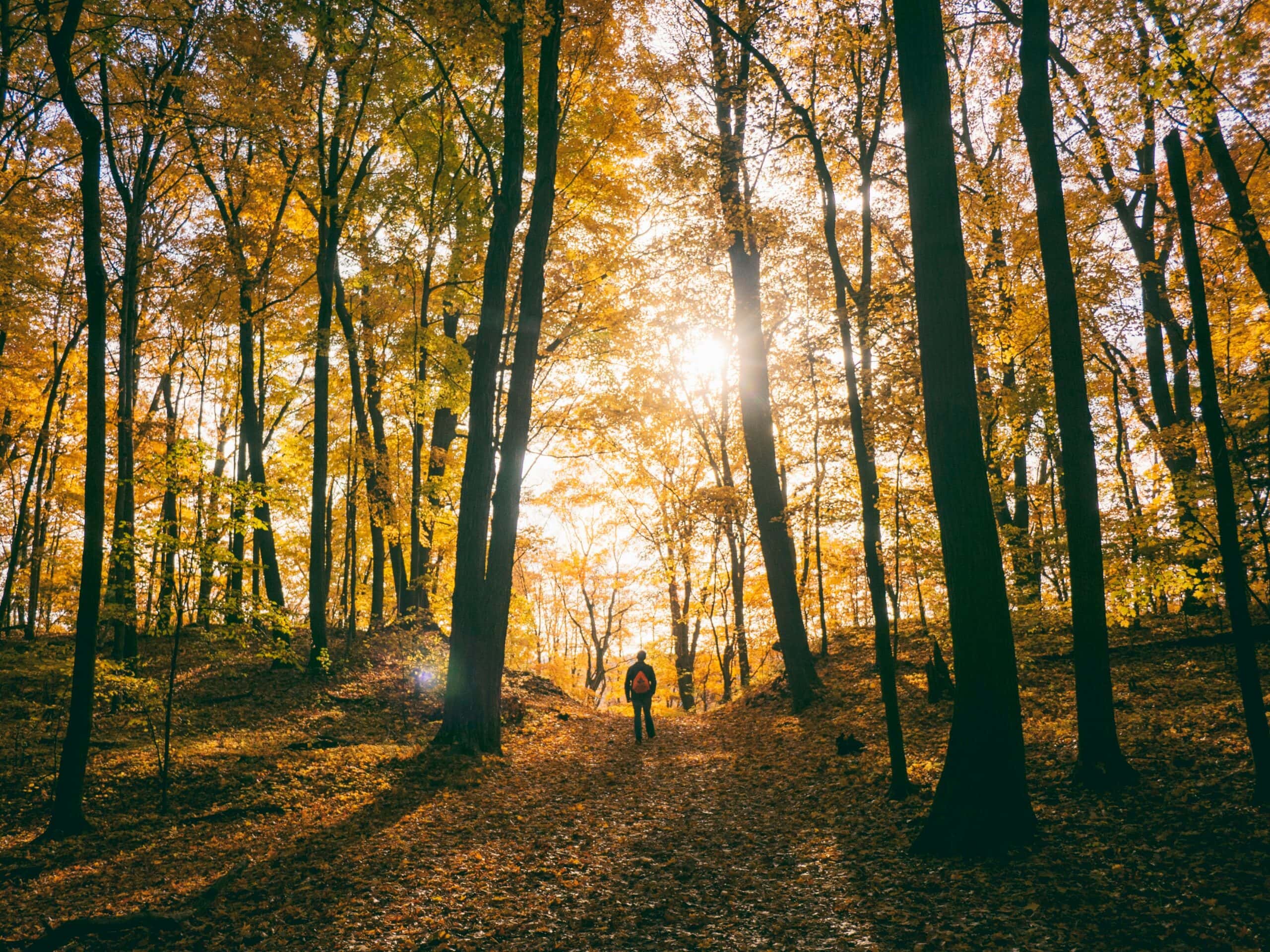
Lessons from these studies inform how buildings can enhance natural connections and positively boosts mood and health. Biophilia has been studied in many fields and was applied to architectural design by Stephen R. Kellert, a social ecology professor at Yale University. He developed the term biophilic design to describe how buildings can increase occupant connections to nature through use of natural patterns, environmental features, and place-based relationships. Once again, this concept does not apply to formal aesthetics or architectural styles. The intent is to create positive physiological benefits of connecting occupants with nature, use nature as inspiration for building systems and solutions, and respect the local culture, ecosystem, and history of the building’s location and community. Kellert organized the various principles and examples of biophilic design into the following table.
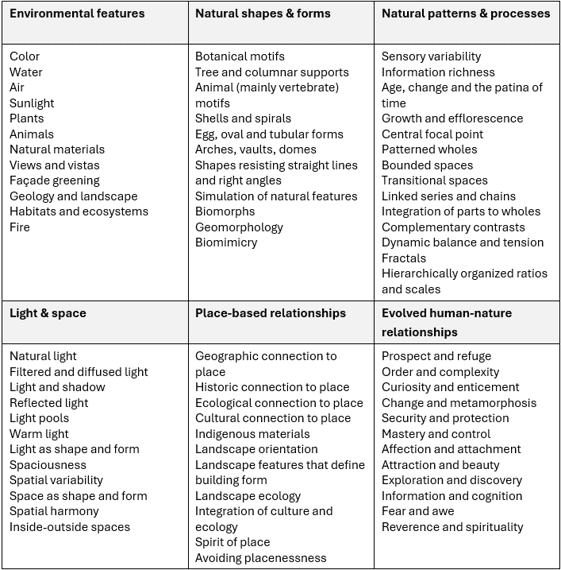
Application of Biophilic Design to Green Building Certification Programs
LEED v4/v4.1 Green Building Rating System
Innovation Point (Optional 1 Point)
Designing with Nature, Biophilic Design for the Indoor Environment
This is an optional innovation point that can be applied to any LEED project. Credit requires 5 quantifiable biophilic design strategies. TSP typically drafts a narrative with photos describing Kellert’s principles and how they are applied to the project. We include historic description of building and site as reference. TSP has pursued this innovation point on multiple projects.
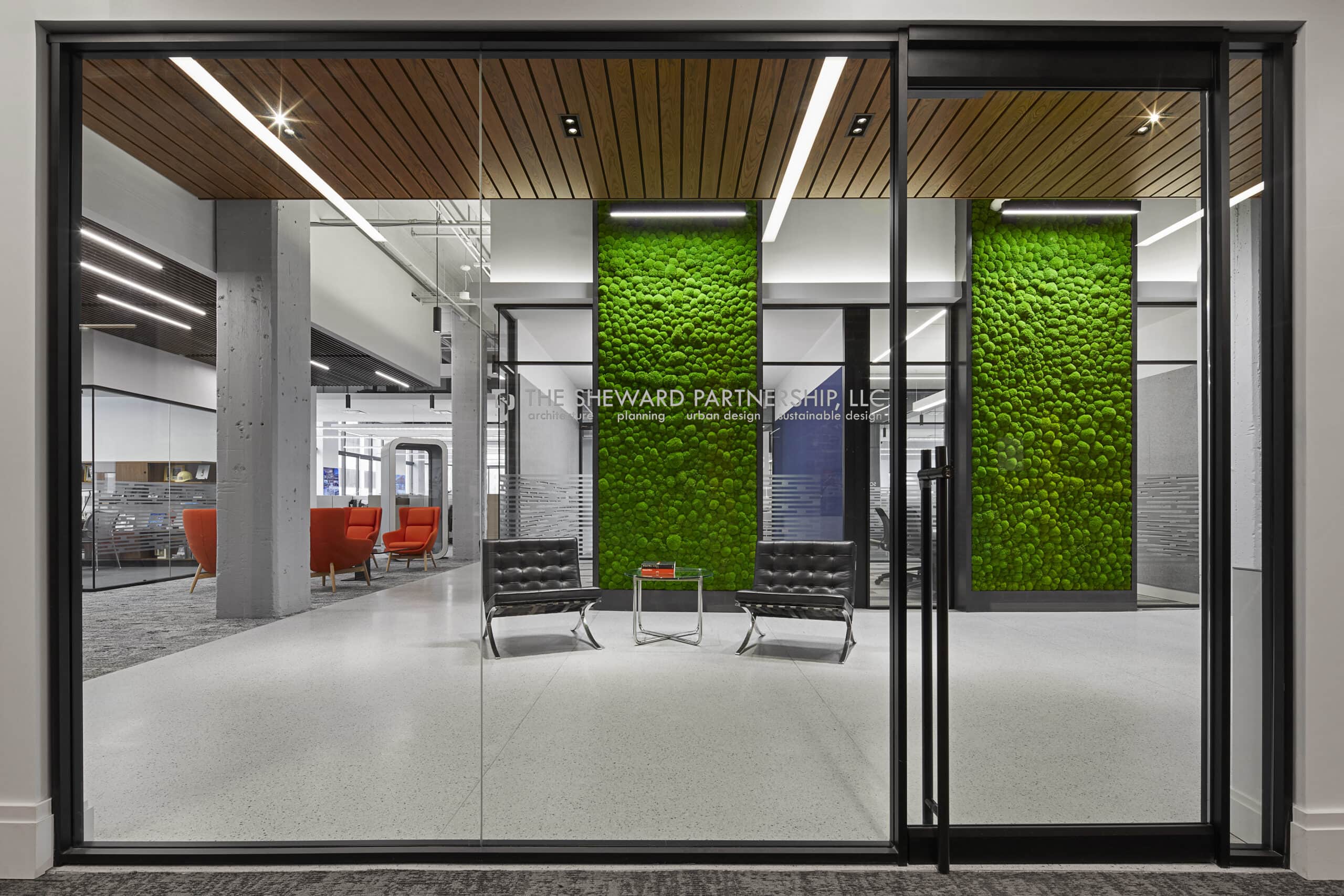
WELL v2 Building Standard
Mind Concept: Precondition M02 Nature and Place (Required)
This is a mandatory requirement for any level of WELL certification. It requires natural materials, plants, water, and/or natural views in corridors and shared seating areas. It also requires celebration of culture, place, art, and delight. While most green building standards are meant to be prescriptive or performance based, this requirement explicitly prompts architects and designers to consider beauty, joy, and happiness in the design process.
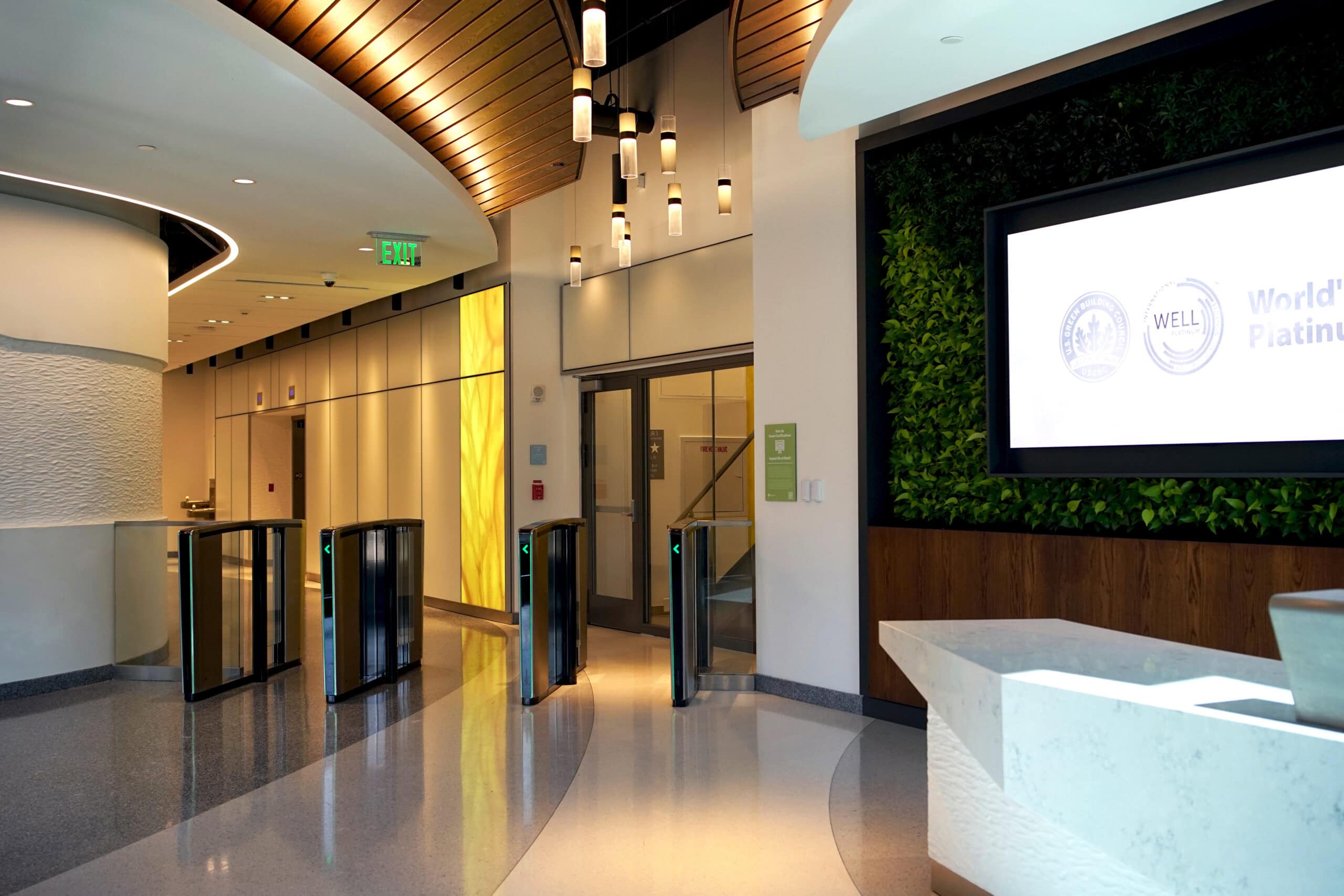
Living Building Challenge v4
Health + Happiness Petal: Imperative 11 Access to Nature (Required)
Beauty Petal: Imperative 19 Beauty + Biophilia (Required)
The Living Building Challenge does not offer optional points like LEED or WELL. Depending on level of certification desired, such as Core, Petal or Full Living Certification, all indicated Imperatives are required. Imperative 11 Access to Nature requires projects to connect people and nature through sufficient and frequent human nature interactions both indoor and outdoor. As part of documenting this Imperative, TSP specifically investigated the view out of each window and if natural elements were visible from seated positions, an additional level of detail to ensure the positive health benefits of natural views. Imperative 19 Beauty + Biophilia addresses Kellert’s principles. It also requires public art, human delight, and celebration of culture, spirit and place like WELL. In previous LBC Petal projects, TSP investigated the history of the neighborhood and surrounding buildings to design elements and material selections that support the contextual relationship of the project to its surroundings.
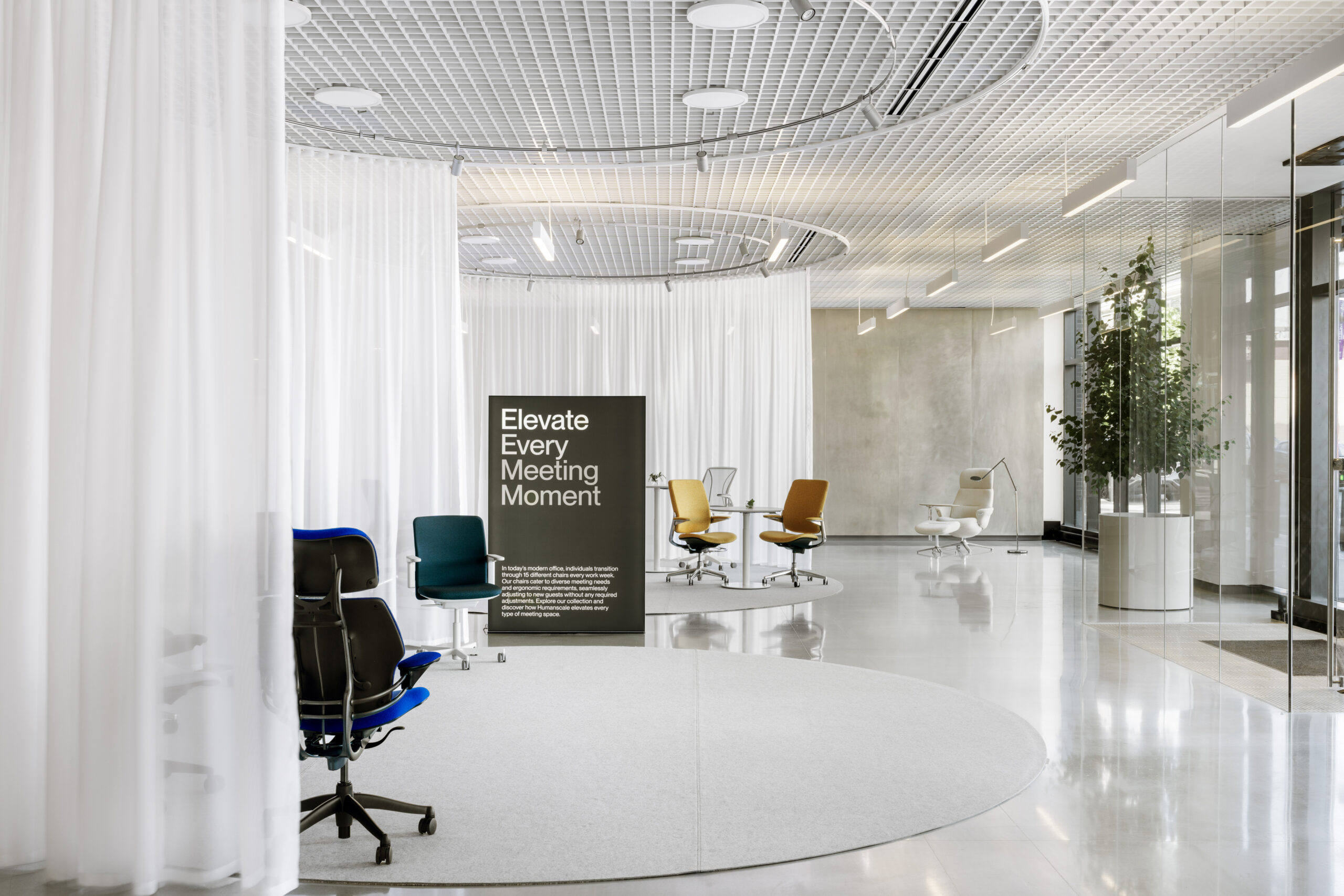
Photo Credit: Humanscale
Biophilic Design Resources
- Biophilic Design: The Theory, Science, and Practice of Bringing Buildings to Life By Stephen Kellert
- Biomimicry: Innovation Inspired by Nature By Janine M. Benyus
- Creating Biophilic Buildings By Amanda Sturgeon and Juliet Grable
- 14 Patterns of Biophilic Design: Improving Health & Well-Being in the Built Environment By Terrapin Bright Green
- Biophilic Design Guidebook by Living Futures
- Biophilic Design Toolkit by Living Futures
TSP is ready to support biophilic design education, inspiration, and guidance on your next project. We are constantly looking for ways to innovate, inspire, and provide better quality high performance green buildings. Be sure to check back for our upcoming blog posts on biophilic design and join us for the free webinar.


